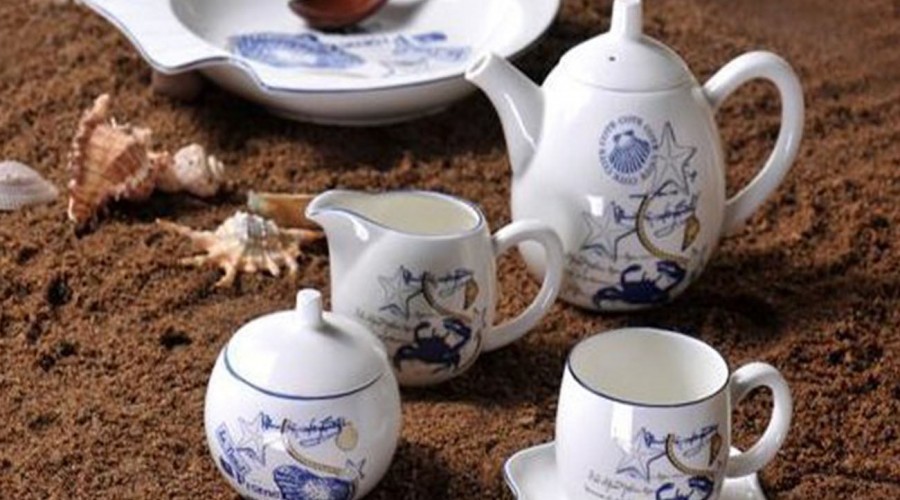
What you should know about daily ceramic products?
It can be said that daily-use ceramics are produced because of people's needs for daily life.
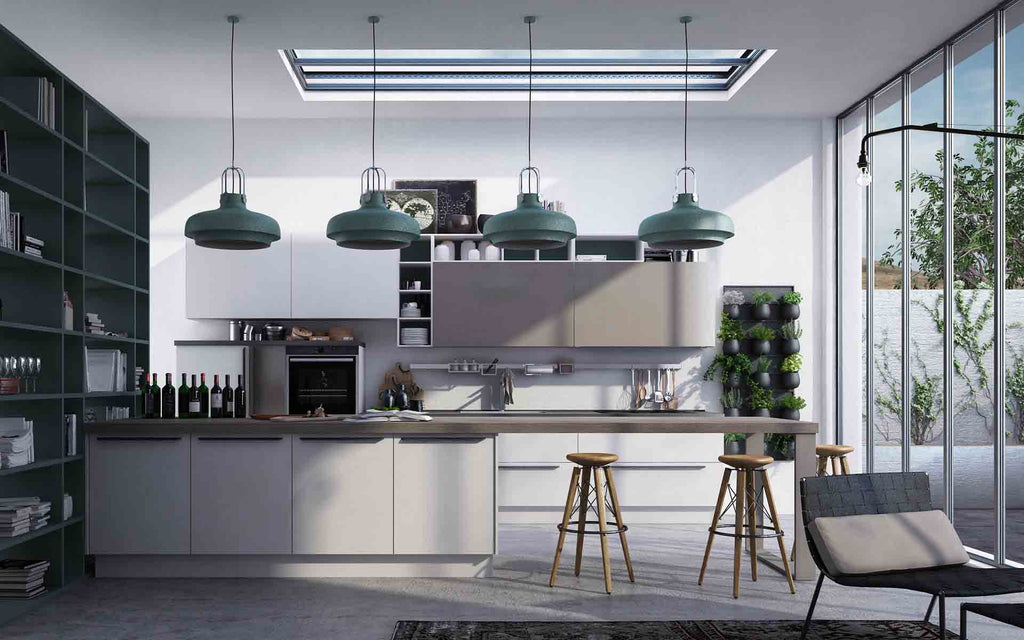
What porcelain that people come into contact with most and are most familiar with in daily life is tableware, kitchenware, tea and coffee set, wine set, etc.
Classification of daily ceramics
- Classification by porcelain
At present, there are mainly daily fine porcelain, daily ordinary porcelain, daily stoneware, bone china, exquisite daily porcelain, and glaze /under glaze daily porcelain, daily fine pottery and so on.
- Classification by decoration method
According to the characteristics of the decorated surface, it can be divided into on-glazed, in-glazed, under-glazed, and uncolored white porcelain.
On-glazed refers to the products that are decorated with ceramic pigments on the glaze of ceramic products, and then fired at 700-850°C. Because the firing temperature did not reach the melting temperature of the glaze layer, the decorative pattern did not sink into the glaze, but only adhered to the surface of the glaze layer, and the gloss of the decorative pattern was significantly different from that of the glaze surface.
The decoration method of the in-glaze is the same as that of the on-glaze, but the firing temperature is higher than that of the on-glaze, reaching the melting temperature of the glaze of the ceramic product. , the luster of the decorative pattern is consistent with the luster of the glaze.
The decoration of the under-glaze is carried out on the mud body, and it is fired at a high temperature after glazing. This product is the same as the under-glaze. The decorative pattern is covered by the glaze layer, and the luster of the decorative pattern is consistent with the luster of the glaze surface.
Pigmented porcelain is to add a high temperature colorant to the ceramic glaze, so that the glaze of the fired product shows a certain color, such as yellow, blue, bean blue, etc.
White porcelain usually refers to ceramics that have been achieved without any color decoration.
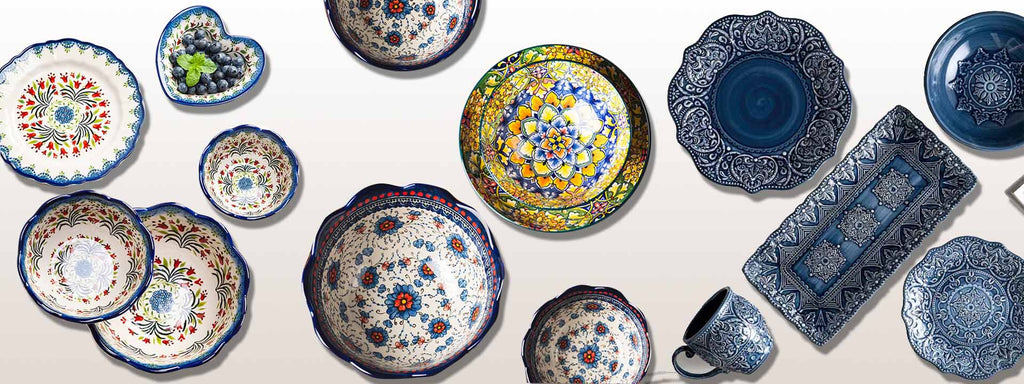
Different decoration methods bring different decorative effects. The decorative effect of on-glazed products is bright and colorful. In-glazed products and under-glazed products are generally more elegant, and the color is not as bright as on-glazed products. Consumers can choose products with different decoration methods according to your own preferences.
Advantages and Disadvantages
Ceramic utensils are favored by consumers for their easy cleaning, acid and alkali resistance, convenient steaming and high-temperature disinfection, boiling, roasting, and roasting foods. The high-grade ceramic utensils with beautiful shape and beautiful decoration are not only practical, but also artistic and ornamental, and are daily necessities for life.
Daily-use porcelain has long been loved and used by the masses because it has the following advantages:
First, it is easy to wash and keep clean. The glaze surface of daily-use porcelain is bright and delicate, and it is easy to wash off after being stained.
Second, the thermal stability is good and the heat transfer is slow. The daily meal has the performance that it is not easy to burst when subjected to rapid heat and rapid cooling changes with a certain temperature difference. This is superior to glassware, which is a poor conductor of heat and transfers heat slowly. For holding boiling water or scalding hot food, it is not too hot to handle.
Third, the chemical properties are stable and durable. This is superior to metal products such as copper, iron, aluminum, etc. Daily porcelain has a certain ability to resist acid, alkali, salt and carbon dioxide in the atmosphere and it is not easy to chemically react with these substances and does not rust and age.
Fourth, porcelain has very few pores and low water absorption. Use daily-use porcelain to store food, and seal the mouth tightly to prevent moisture in the food from volatilizing, infiltrating, and being invaded by external bacteria.
Fifth, painted decoration is rich and colorful, especially high-temperature glaze and blue and white decoration without lead poisoning hazards, which can be used boldly and are very popular.
Of course, daily-use porcelain also has its drawbacks. The biggest weakness is low impact strength, not resistant to falling, easy to break, and is a fragile product. In addition, in general, it is not suitable for direct burning with a flame as a cooking utensil, and some are not resistant to cooking.
Shop Guide
(1) Product appearance quality
Consumers can first check the product name and grade indicated on the product packaging box or documents in the box; secondly, they can observe the actual quality of the product with the naked eye. When purchasing, they should try to choose products with no obvious defects on the surface and regular shapes.
For plate and bowl products, several products of the same size can be stacked together, and the distance between them can be observed. The distance is uneven, indicating that the shape of the device is irregular and the deformation is large.
For a single product, it can be placed flat or buckled on the glass plate to see if it matches the glass plate to judge its deformation. For porcelain products, you can hold it on your hand and tap the edge of the mouth with your fingers. If there is a hoarse sound, it means that there is a crack inside.
(2) Preliminary judgment on the dissolution of lead and cadmium
In-glaze and under-glaze products have very little or no leaching of lead and cadmium, so you can buy with confidence.
On-glaze products should be selected according to the purpose of use. In order to reduce the influence of lead and cadmium dissolution, the following methods can be adopted:
- The utensils used to hold acidic food should try to use products with less decorative patterns on the surface.
- When purchasing, you should pay attention to whether the color of the pattern is bright. If it is not bright, it may be that the temperature does not meet the requirements when firing the flower, and the amount of lead or/and cadmium dissolved in such products is often high.
- Pay special attention to those products that can be wiped off by hand, which often have extremely high levels of lead or/and cadmium leaching.
- For products that are not assured, soak them in vinegar for a few hours. If there is a significant change in color, they should be discarded.
(3) Other matters needing attention
- For products that may be used in microwave ovens, ovens and dishwashers, you should purchase products marked with "Microwave Suitable, Oven Suitable, and Dishwasher Suitable".
- For products marked for decoration, they cannot be used to contain food. The lead and cadmium dissolution of such products is not controlled by the standard limit.
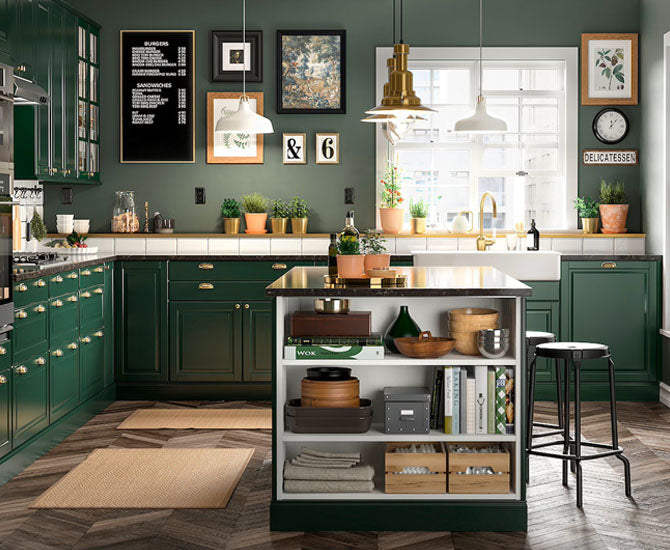
Daily-use porcelain is widely used in our lives; we should know something about it. I hope that the content sharing I have organized can help you understand daily-use porcelain and better use them in daily life.

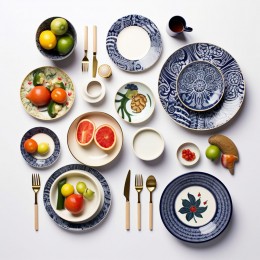
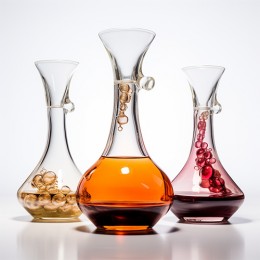
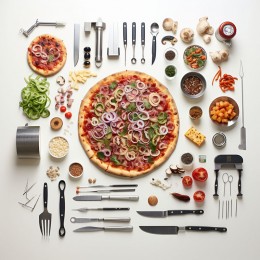
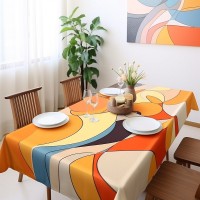
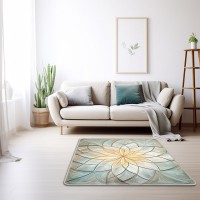
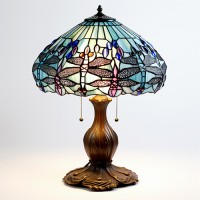
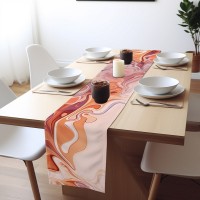
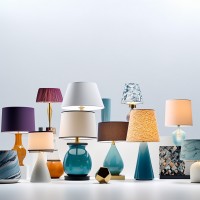

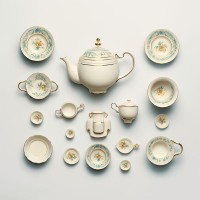
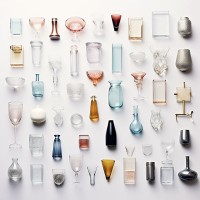
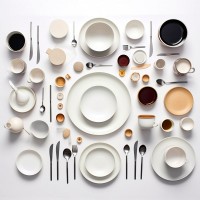
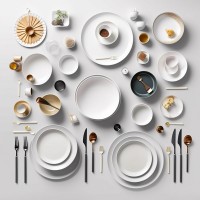
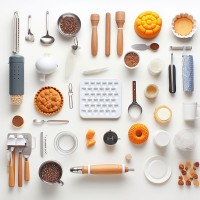
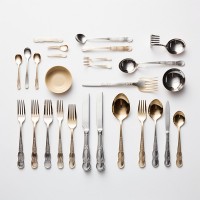
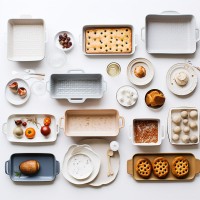
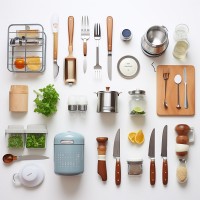
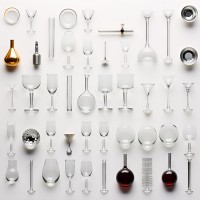

-400x400.jpg)
-400x400.jpg)
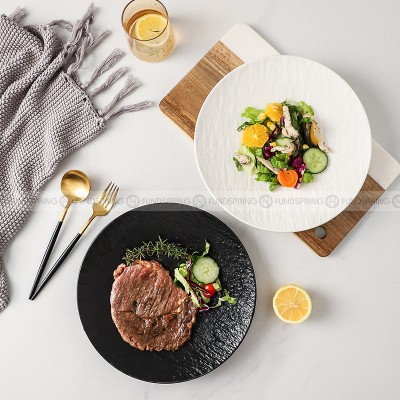
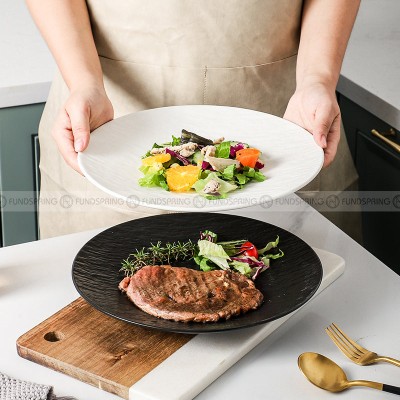
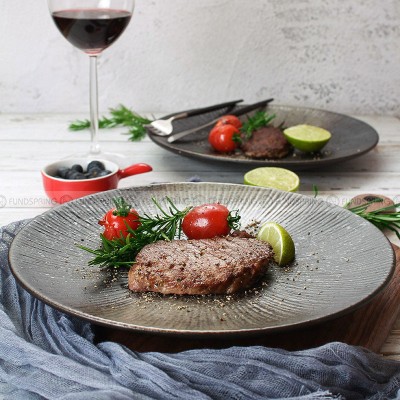
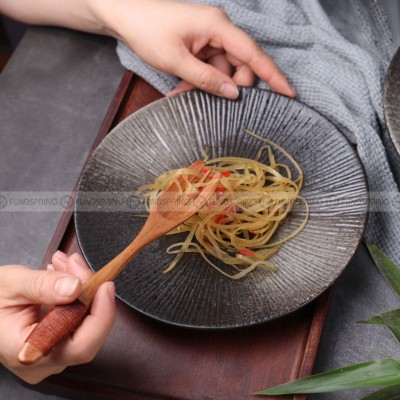
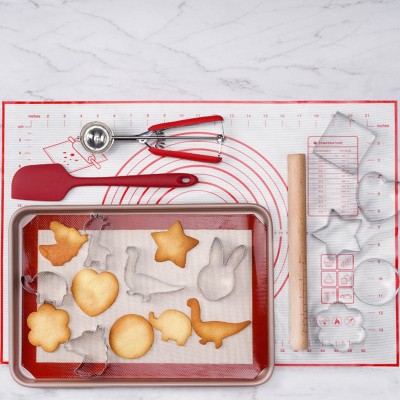
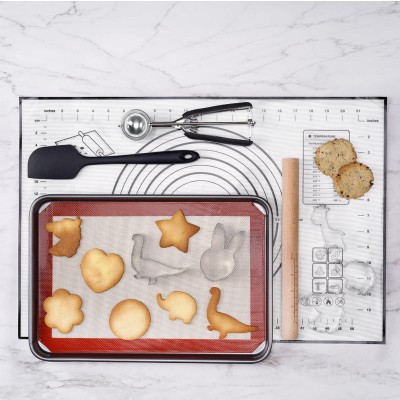
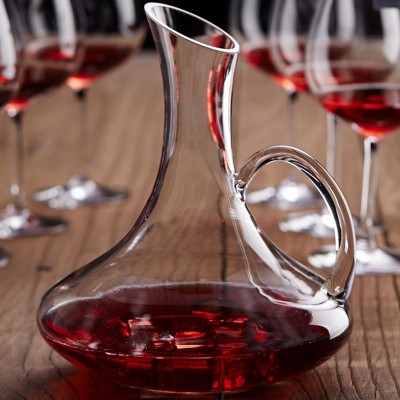
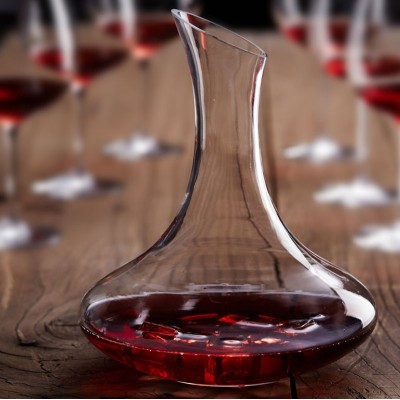
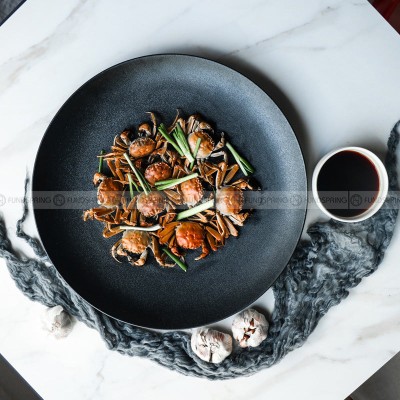
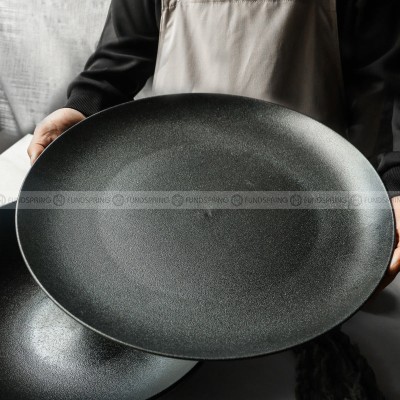
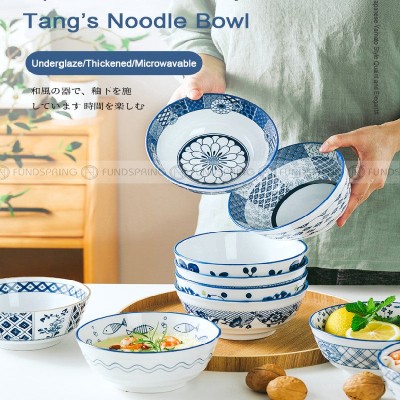
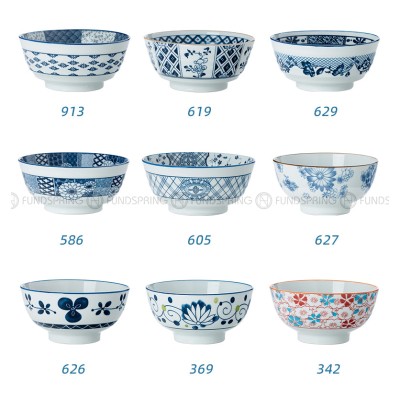

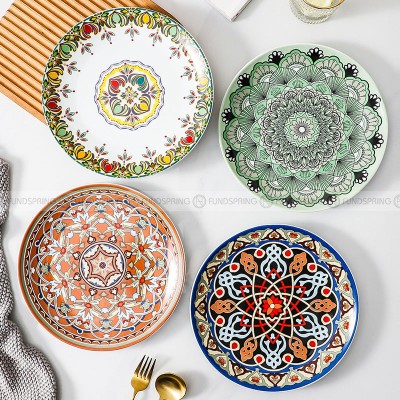
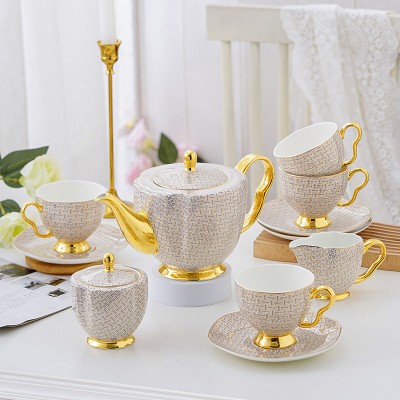
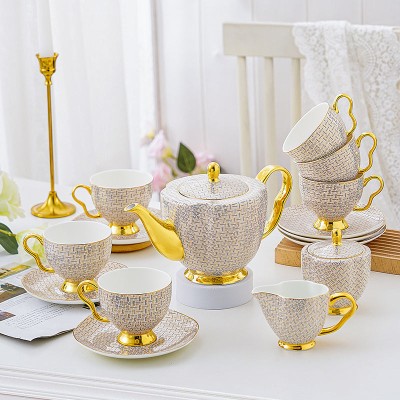
-400x400.jpg)
-400x400.jpg)
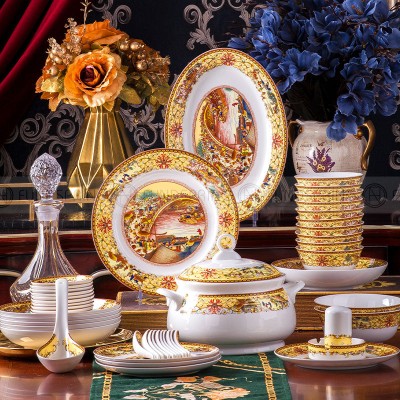
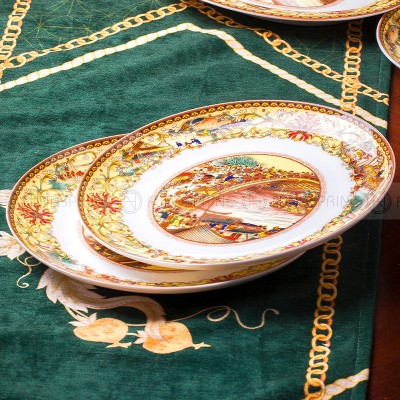
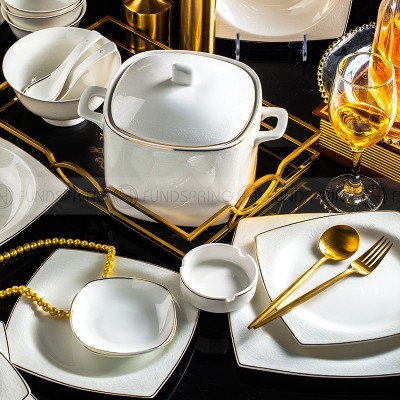
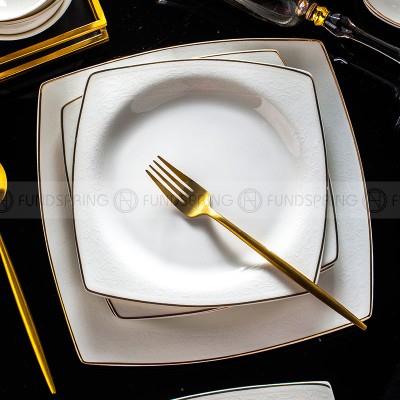
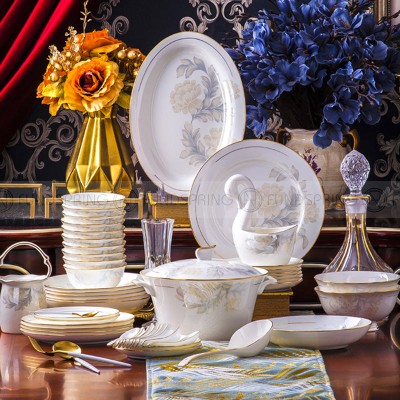
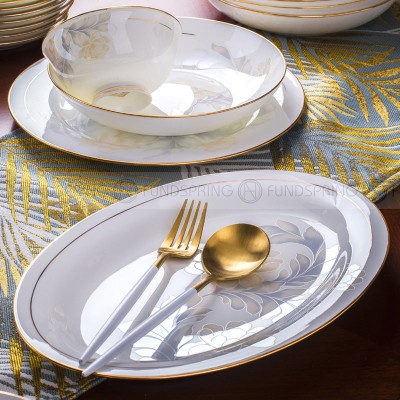
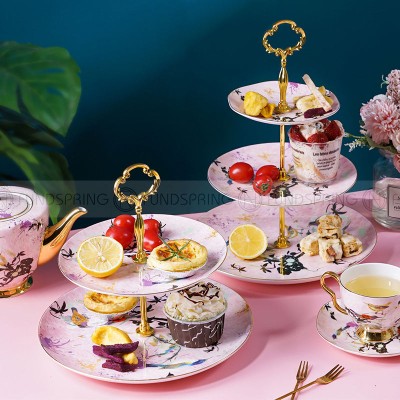
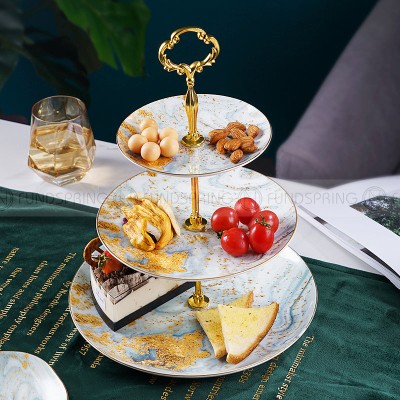
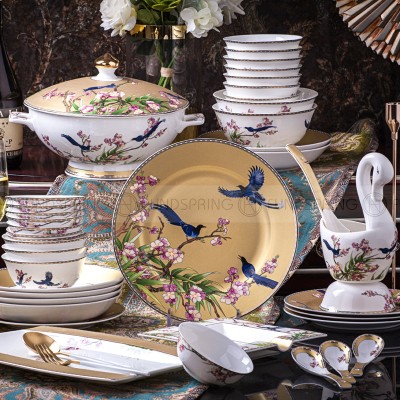
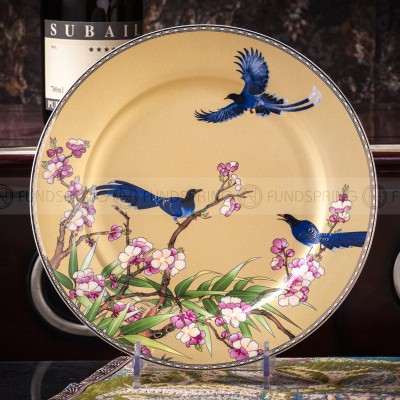
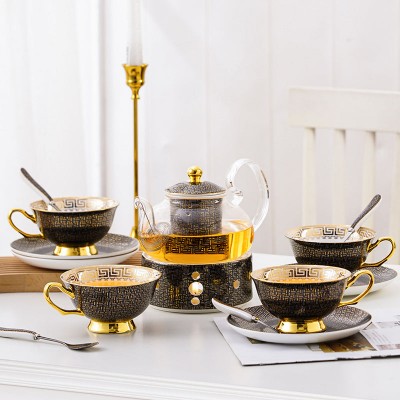
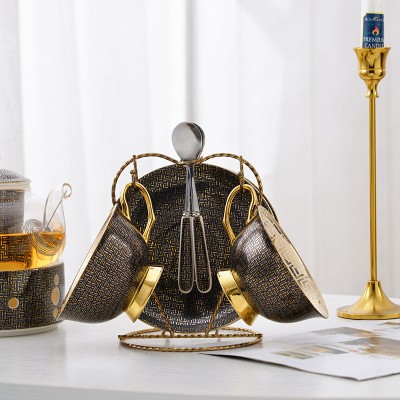
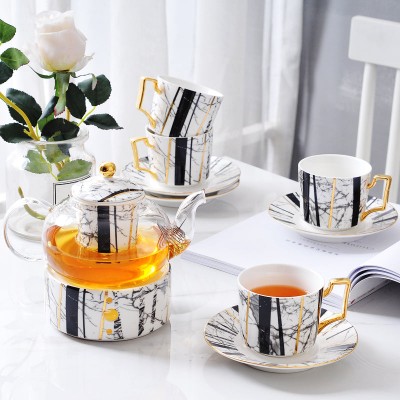
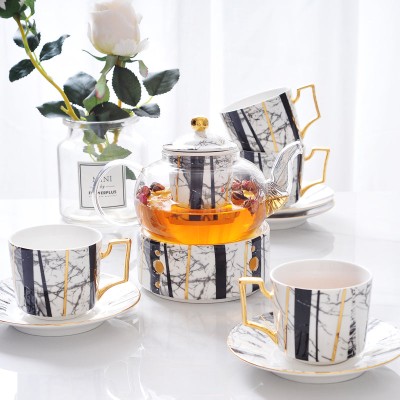
-400x400.jpg)
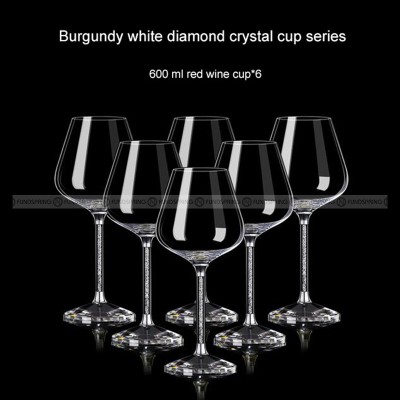
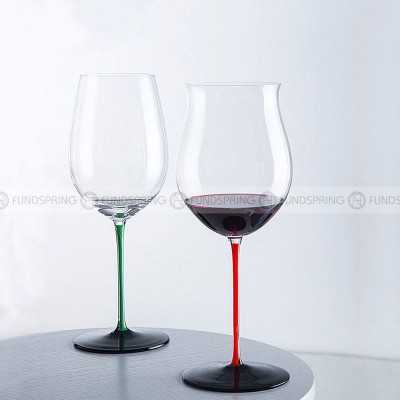
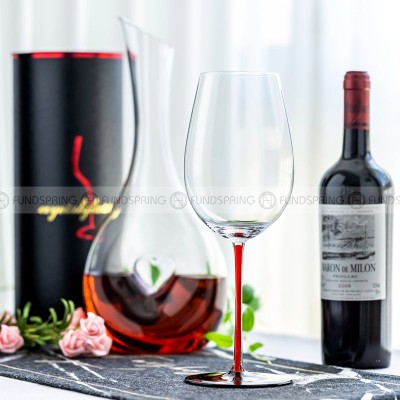
-400x400.jpg)
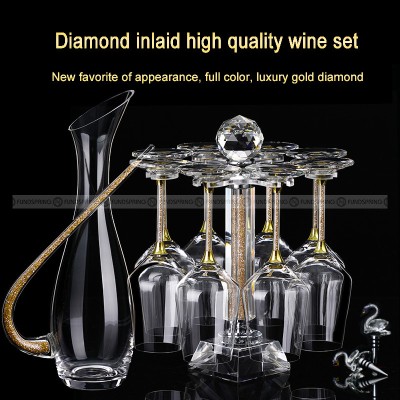
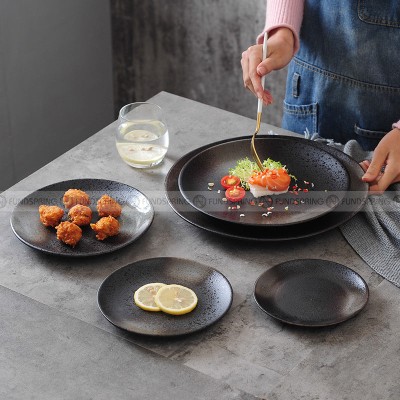
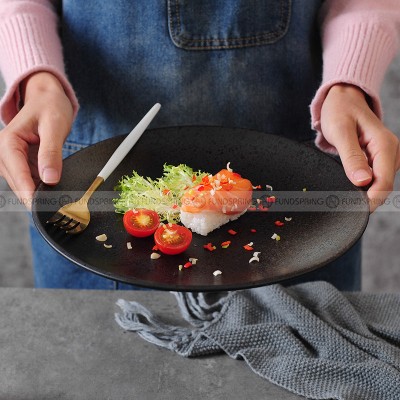
-400x400.jpg)
-400x400.jpg)
-400x400.jpg)
-400x400.jpg)
-400x400.jpg)
-400x400.jpg)
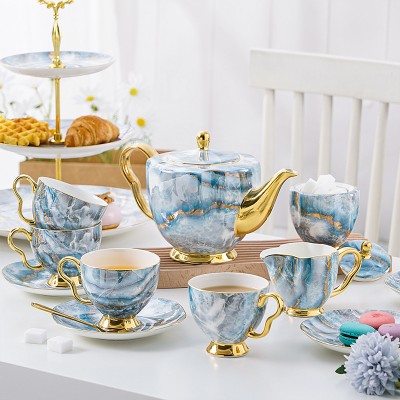
-400x400.jpg)
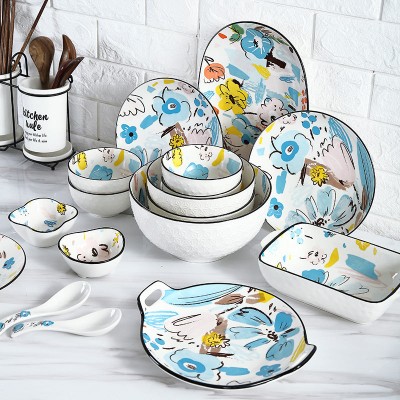
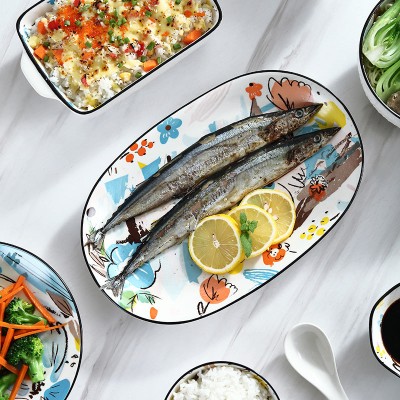
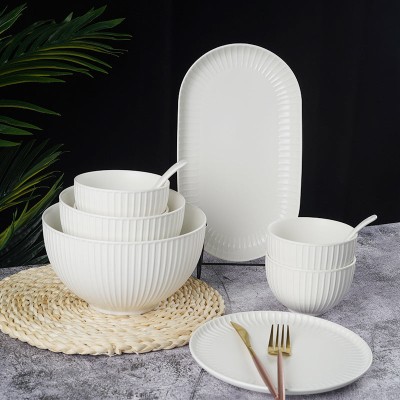
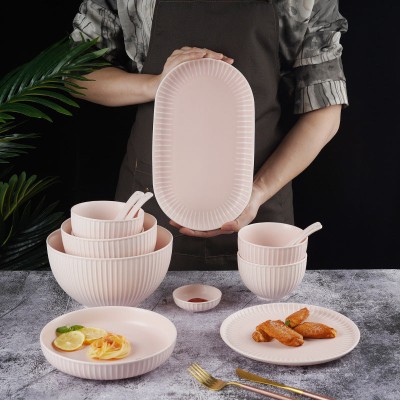
Leave a comment